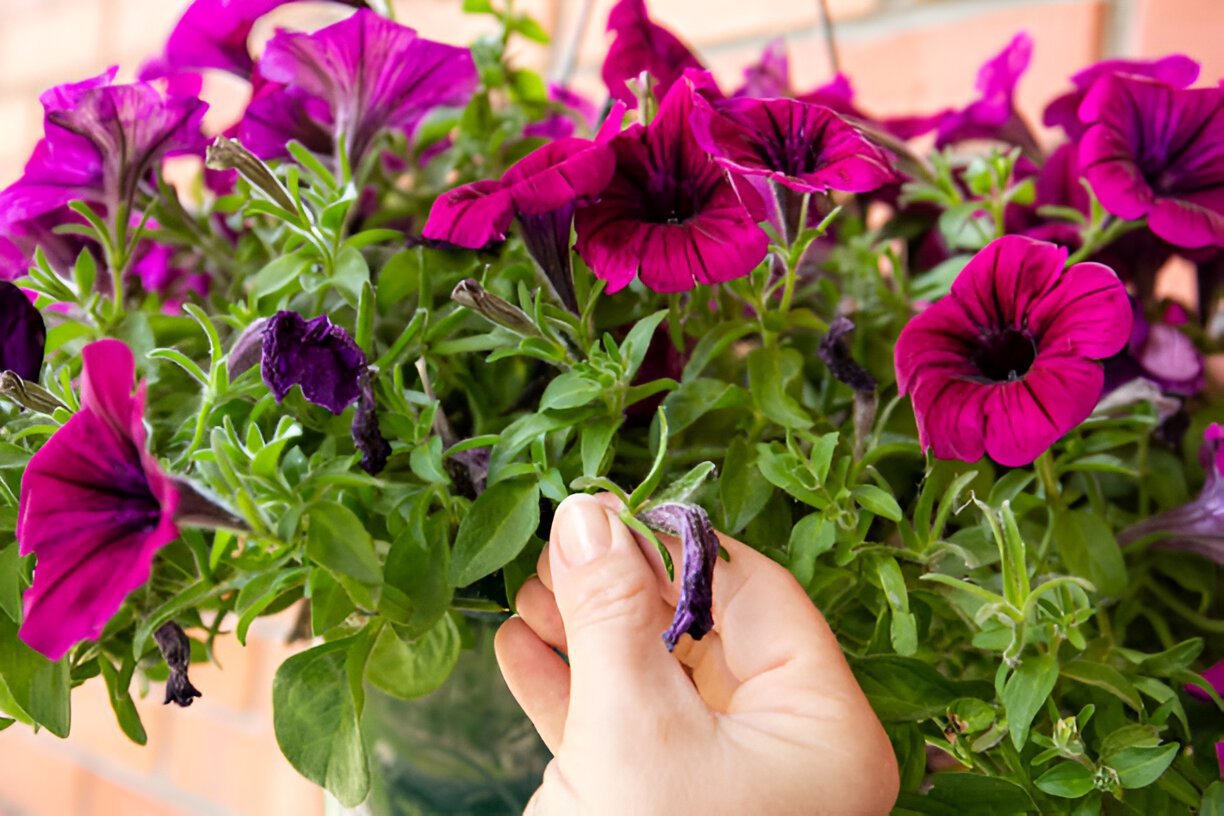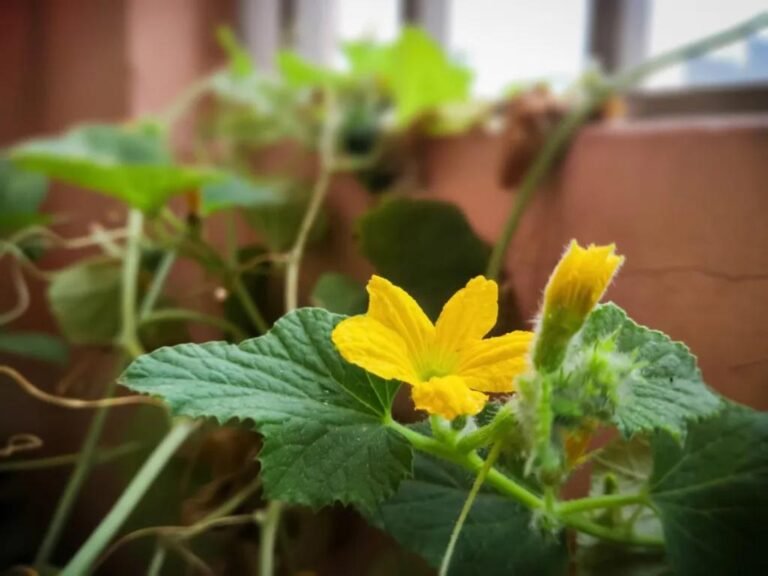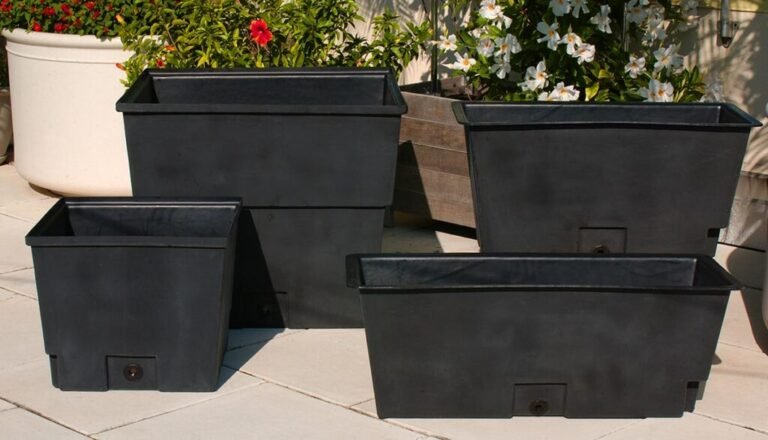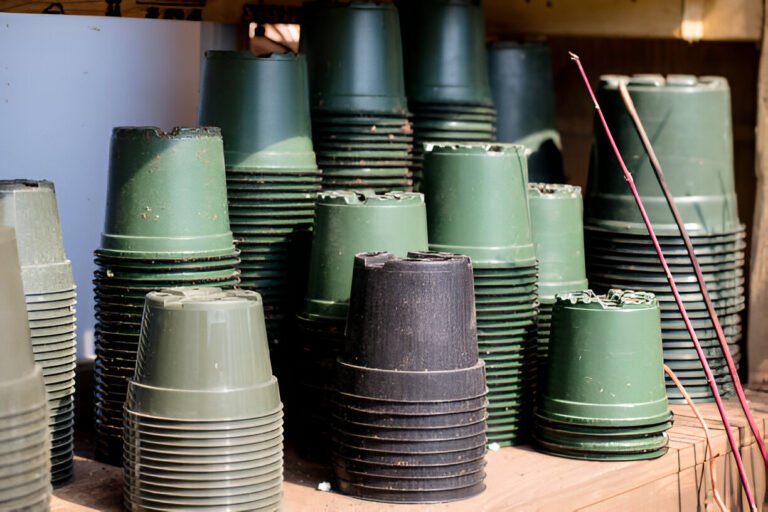Are You Over-Pruning Your Petunias? Deadheading Dos and Don’ts
I remember the first time I got my hands dirty in the flower bed—petunias were my go-to. Their vibrant blooms lit up my porch like a fireworks finale in July. But within a few weeks, they looked more like soggy confetti than the show-stoppers I planted. I had no clue that my eager snipping and constant deadheading might be the real culprit behind their limp performance.
If you’ve ever hovered over your petunias with pruners like a helicopter parent, this post is for you. Let’s break down the do’s and don’ts of deadheading without turning your petunias into botanical burnout cases.
What Is Deadheading, and Why Does It Matter?
Deadheading is the gardening world’s version of cleaning house. You remove spent blooms to make way for fresh ones—simple enough, right? In theory, it signals to the plant to stop focusing on seed production and get back to making flowers.
The Perks of Proper Deadheading
- Encourages continuous blooming
- Keeps plants looking tidy
- Prevents energy drain from seed formation
- Helps reduce disease risks
But just like adding too much spice to a dish, over-deadheading can ruin the whole thing.
My Rookie Mistake: Loving My Petunias to Death

I used to deadhead daily—sometimes twice. If a bloom looked even remotely tired, snip! I was a pruning ninja with zero chill. The result? My plants grew leggy, stressed, and bloomed less. It turns out, some petunias don’t need that level of grooming.
I learned the hard way: you can love your plants too much—especially when you treat every petunia the same. Just like people, different varieties have different needs.
The Types of Petunias—And How They Feel About Deadheading
| Petunia Variety | Deadheading Needs | Notes |
| Grandiflora | Yes – Regularly | Large blooms, get messy fast |
| Multiflora | Yes – Less frequent | Smaller, more weather-tolerant |
| Milliflora | Minimal to none | Self-cleaning, dainty flowers |
| Wave (spreading) | No – Self-cleaning | Low-maintenance, fast spreaders |
| Supertunia | No – Minimal needed | Vigorous growers, self-cleaning hybrids |
Pro Tip: If your petunia tag mentions “self-cleaning,” you can put those pruning shears down more often than not.
Signs You’re Over-Pruning
Here’s the dirt: over-pruning can actually stunt your petunias. These are the red flags I ignored at first:
- Leggy stems with fewer blooms
- Wilting or browning leaves
- Blooms that seem smaller or slower to appear
- Excessive leaf growth with little flower action
If any of those ring a bell, it might be time to step away from the clippers and let your plants breathe.
The Right Way to Deadhead Petunias
Deadheading should feel more like gentle guiding than micromanaging. Here’s how to do it without going overboard:
1. Use Your Fingers, Not Just Tools
Pinch just below the bloom where the flower meets the stem. This removes both the wilted bloom and its developing seed pod.
2. Snip the Whole Flower Stem
If a bloom has already dropped and left a seed pod, clip the entire stalk back to a healthy leaf node. Otherwise, the plant will focus on seeds, not flowers.
3. Deadhead Every Few Days
For most varieties, every 2–3 days is ideal. Let the plant show you when it needs attention.
Deadheading Dos and Don’ts
Let’s put it all on the table:
| Do | Don’t |
| Pinch just below wilted blooms | Yank or tear flowers—this can damage stems |
| Use clean, sharp scissors or fingers | Use dull blades—they crush stems |
| Check plants every few days | Overdo it daily—plants need recovery time |
| Know your petunia variety | Treat all types the same |
| Look for signs of over-pruning | Ignore leggy stems and slow blooming |
What If I Don’t Deadhead at All?
You might ask—what happens if I just let nature take its course?
With self-cleaning petunias like Supertunias or Wave varieties, not much. These guys are the overachievers of the flower world—they shed blooms on their own and keep pushing out fresh ones.
But with older or traditional types like Grandiflora, no deadheading means they’ll shift into seed mode, and your flower production will tank fast.
Extra Tips for Lush, Blooming Petunias
Deadheading is just one piece of the petunia puzzle. Here’s what else I’ve learned through trial and (plenty of) error:
Feed Regularly
Petunias are hungry beasts. A water-soluble fertilizer every week or two keeps them lush.
Water Deeply, Not Constantly
They like a good soak—not a daily sprinkle. Water when the top inch of soil feels dry.
Trim Leggy Growth
If your petunia starts looking like it’s all arms and no heart, give it a light haircut mid-season. Don’t just deadhead—cut back up to one-third of the plant.
The Bottom Line
Deadheading petunias can feel like a mix of art and instinct. The key is to know your variety and avoid becoming a plant helicopter parent. Give them a little space, the right care, and yes, a gentle snip here and there. But don’t clip your way to a bloomless summer.
Let your petunias breathe, feed their roots, and know when to lay down the pruners. Trust me—your flower beds (and your sanity) will thank you.






